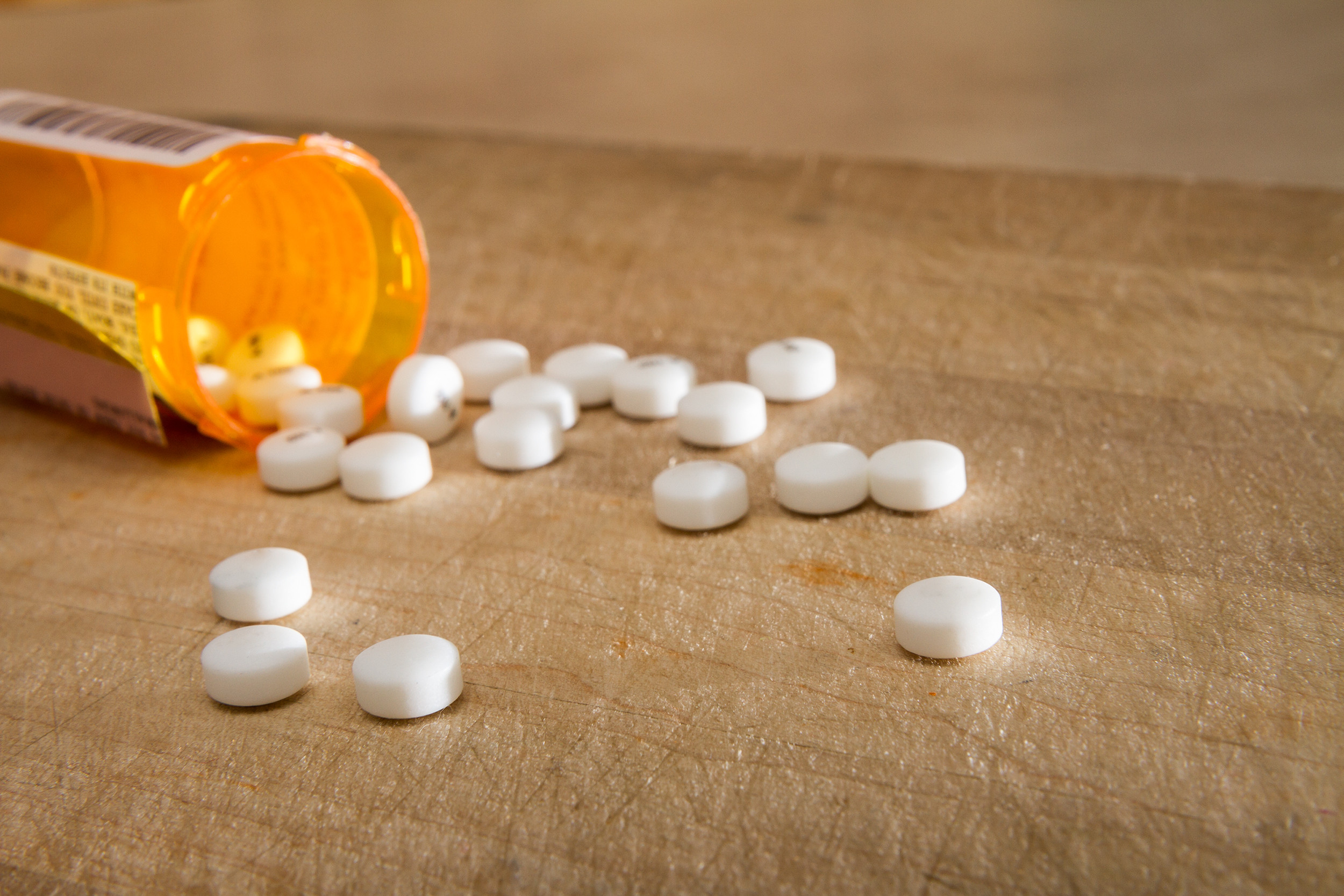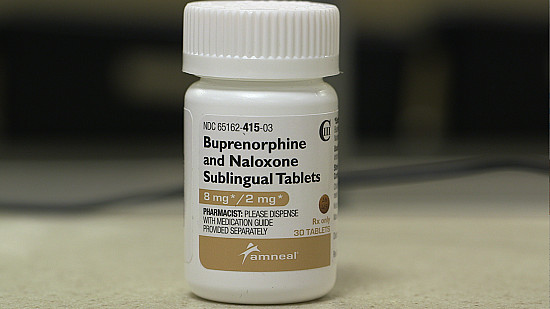Fentanyl: The dangers of this potent “man-made” opioid

ARCHIVED CONTENT: As a service to our readers, Harvard Health Publishing provides access to our library of archived content. Please note the date each article was posted or last reviewed. No content on this site, regardless of date, should ever be used as a substitute for direct medical advice from your doctor or other qualified clinician.
As we watch the devastation of the opioid crisis escalate in a rising tide of deaths, a lesser known substance is frequently mentioned: fentanyl. Fentanyl’s relative obscurity was shattered with the well-publicized overdose death of pop star Prince. Previously used only as a pharmaceutical painkiller for crippling pain at the end of life or for surgical procedures, fentanyl is now making headlines as the drug responsible for a growing proportion of overdose deaths.
So what is fentanyl and why is it so dangerous?
Fentanyl is a synthetic opioid, meaning it is made in a laboratory but acts on the same receptors in the brain that painkillers, like oxycodone or morphine, and heroin, do. Fentanyl, however, is far more powerful. It’s 50-100 times stronger than heroin or morphine, meaning even a small dosage can be deadly.
Its potency also means that it is profitable for dealers as well as dangerous for those who use it, intentionally or unintentionally. Increasingly heroin is being mixed with fentanyl so someone who uses what they think is heroin may in fact be getting a mixture with — or even pure — fentanyl. More recently, pills made to look like the painkiller oxycodone or the anxiety medication Xanax are actually fentanyl. This deception is proving fatal. It would be like ordering a glass of wine and instead getting a lethal dose of pure ethanol. While many people don’t know they are getting fentanyl, others might unfortunately seek it out as part of the way the brain disease of addiction manifests itself into compulsively seeking the next powerful high.
Helping people who use fentanyl
The way to help patients who are using fentanyl is the same as for other forms of opioid use disorder: to provide effective addiction treatment. However, the first and most important step is helping patients stay safe and stay alive until we can get them that treatment.
It’s worth remembering that dead people don’t recover.
To stop the deaths, we must provide immediate access to lifesaving treatment on demand. While any opioid use is risky, fentanyl has raised the stakes. Every single episode of fentanyl use carries the risk of immediate death. This highlights the need to change how we think about treatment. Many of the traditional models of addiction treatment were designed for alcohol use disorder. Misuse of alcohol can be fatal, but it usually takes many years or even decades to kill someone. In contrast, opioid addiction is imminently fatal, so waiting for treatment is and should be considered unacceptable. We must try to initiate treatment at every opportunity — in the emergency department, at the hospital bed, or even on the street. The best evidence we have shows that a combination of medication and psychosocial treatments is most effective for opioid use disorder. A study of MassHealth patients found that patients on medication treatments like methadone or buprenorphine are 50% less likely to relapse. Other studies have shown that patients treated with these medications are 50% (or more) less likely to die. And yet significant stigma and misunderstanding still exists around these medications. We have treatment programs (and doctors) that don’t offer these medications and patients who are doing wonderfully in recovery thanks to them, but who are also scared to speak out and say they are on medication because the stigma is so pervasive.
Even with our best efforts, it can take time for some people to be open to treatment. In those cases, our priority is to keep them alive and to keep working with them on their readiness to consider treatment. This requires access to naloxone, the antidote to overdoses. But it also includes other education and harm reduction services. People who have loved ones who are actively using and those who are using themselves need to know how to stay safe. There is very concrete education that can reduce the risk of overdose and we need to ensure it is getting to those at the greatest risk.
Moving forward
In Massachusetts alone, deaths due to fentanyl overdose have risen to 57% between 2015 and the first half of 2016. These deaths are yet another symptom of the broader epidemic of opioid addiction. Just as deaths from AIDS are due to untreated HIV, deaths from overdose are frequently due to untreated addiction. Prince’s death is a reminder that opioid addiction is a disease that can and does affect people from all economic classes and all walks of life.
About the Author

Sarah Wakeman, MD, FASAM, Contributor
Disclaimer:
As a service to our readers, Harvard Health Publishing provides access to our library of archived content. Please note the date of last review or update on all articles.
No content on this site, regardless of date, should ever be used as a substitute for direct medical advice from your doctor or other qualified clinician.















